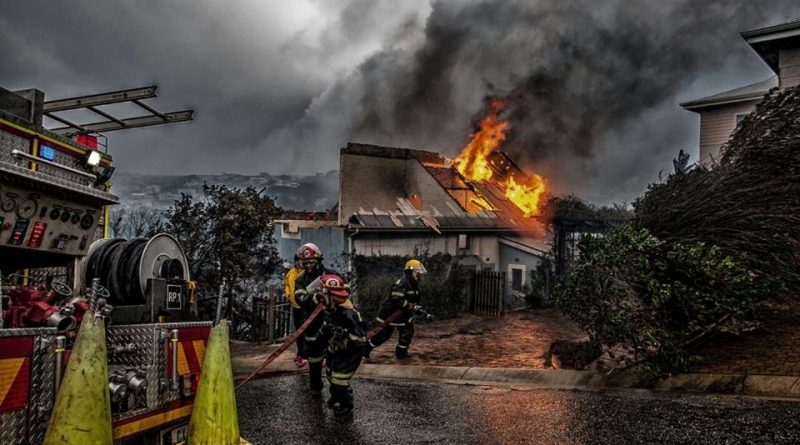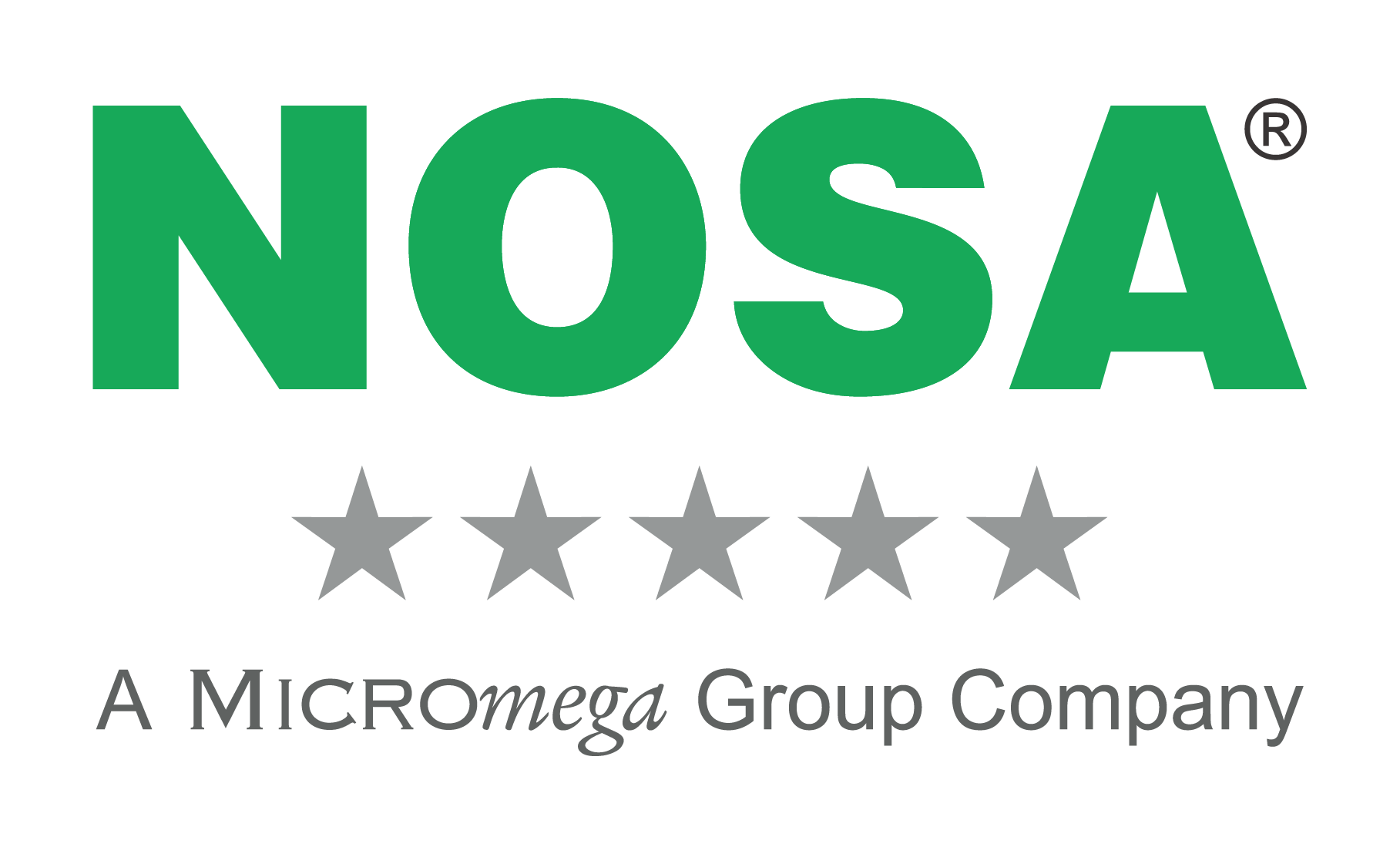
In the week that ended on the 9th of June, South Africans were just recovering from the devastation left by the massive storm in the Cape, when they were confronted with the news that Knysna – and pretty much all of Knysna – was burning. At the time of writing this story, seven people have died, including a farmworker, his pregnant wife and toddler son, with 10 000 people having been evacuated from their homes and taken to safety.
Details are still sketchy as to how the fire began, but authorities believe it started burning in the Kranshoek area and then spread to other areas, with some reports claiming arson. Whatever the cause, the ruin it has left behind shows us that safety never sleeps, and how we should always remember the safety strategies to prevent and minimise fire risk. Today’s blog will focus on workplace fires, but that does not mean we cannot apply the same safety tactics throughout all areas of our lives.
8 common causes of workplace fires
Most workplace fires are more often the result of human behaviour than equipment failure, which means you can prevent them with a proactive programme reinforced by training.
1. Heating equipment
Improperly installed, operated, or maintained furnaces can cause fires. Every furnace or heater has minimum clearance distances on all its sides and above it.
Simple safe practices
- Keep material and building components away from this area.
- Never store combustible material in furnace rooms.
- Do not use temporary heating units in public buildings.
2. Electrical fires
Misused, overloaded, damaged, or improperly maintained electrical equipment is a common cause of workplace fires.
Simple safe practices
- Do not leave cords coiled up when plugged in.
- Only use extension cords for temporary power for equipment currently in use.
- Only use multiple outlet strips for computer equipment, not for appliances or other electric equipment.
- Avoid overloading circuits.
3. Cooking equipment
Microwaves, coffeemakers, and stoves can cause fires if they are misused.
Simple safe practices
- Make sure to equip all break room equipment is equipped with smoke detectors.
- Never leave cooking unattended, and follow microwave instructions carefully.
4. Mechanical friction
Improperly maintained or cleaned mechanical equipment can lead to a fire.
Simple safe practices
- Keep bearings properly lubricated and aligned.
- Keep conveyors and mobile equipment cleaned and free of any accumulation of combustible material.
5. Housekeeping
Poor housekeeping practices are a common cause of fire.
Simple safe practices
- Avoid excessive storage of boxes and other combustible material.
- Make sure stored material never blocks exits, walkways, electrical panels, or emergency equipment.
6. Proximity hazards
Simple safe practices
Watch out for hazards outside of buildings, such as other buildings within 100 feet of your site.
Other hazards include nearby fuel tanks, dumpsters, and weeds, grass, and brush.
7. Smoking
Unauthorised smoking or poor setup of smoking areas can put everyone at risk for fire.
Simple safe practices
Your local legislation will dictate how you police smoking in public spaces. As long as you adhere to these regulations, you should minimise the risk of fires starting at your premises as a result of cigarette butts negligently discarded.
8. Special hazards
Other special hazards include flammable liquid storage and handling; spontaneous combustion from oily rags, chemicals, hay, and leaves; commercial cooking equipment; and LPG and natural gas.
Simple safe practices
Take extra precautions if you have cutting/welding and other hot work that can produce flames, slag, or sparks.
Two non-negotiable actions to take in fire prevention
Action #1: Conduct a fire risk assessment
You need to conduct a thorough assessment of the potential fire risks present in your workplace, and based on these a fire safety action plan (which should include an evacuation plan and emergency assembly points). Ensure that your fire alarms are functional and test them regularly.
Action #2: Stock the legally required number of fire extinguishers
There are four types of fire extinguisher, all of which work by removing one of the elements of the ‘fire triangle’:
- Oxygen
- Fuel
- Heat
Sources:
https://www.enca.com/south-africa/firefighters-battle-to-control-knysna-fires
http://citizen.co.za/news/news-national/1536261/live-knysna-fire/
http://ewn.co.za/2017/06/08/thousands-evacuated-as-knysna-fire-runs-wild
http://ewn.co.za/2017/06/08/thousands-evacuated-as-knysna-fire-runs-wild
https://www.yahoo.com/news/bangladesh-struggles-search-factory-deadly-fire-073845466.html
http://www.healthyworkinglives.com/advice/office-hazards/general-office/fire-safety
http://ifast-online.co.uk/the-common-causes-of-fire-in-the-workplace/





